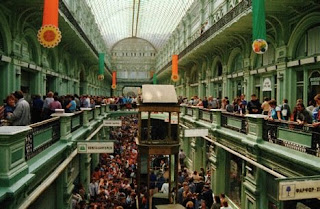The Bush Administration is rushing to put in place a set of 20 regulation changes - 4 of which slow environmental and worker protection and remove barriers for big companies to cut environmental corners.
 image from gailjonas.blogspot.com - too bad there's not one of the entire administration.
image from gailjonas.blogspot.com - too bad there's not one of the entire administration.Mind you, this is so far past due date it's not even funny - a May memo from the White House Chief of Staff wrote that proposals for regulations should be received no later than June 1. I don't know about you, but if I tried to turn in a paper 6 months late, I would be s#*% out of luck.
According to the New York Times, these proposals include rules that would:
1. Require another step in regulating workplace chemicals (longitudinal studies of exposure over an employee's working life), adding up to 2 years to a process that already takes 8.
2. Remove barriers to building power plants near national parks and wilderness areas
3. Reduce the role of federal wildlife scientists in declaring whether endangered species will be threatened by highway or dam construction
4. Allow coal companies to dump rock and dirt from mining into streams and valleys.
These proposals are to change the Code of Federal Regulations, a bundle of rules created by federal departments and agencies that have the force of law. While it would be easy for Obama to overturn any executive orders coming from Bush, it would require a public comment period and proof of a "reasoned analysis" to overturn these regulations - easy, of course, but time consuming.










